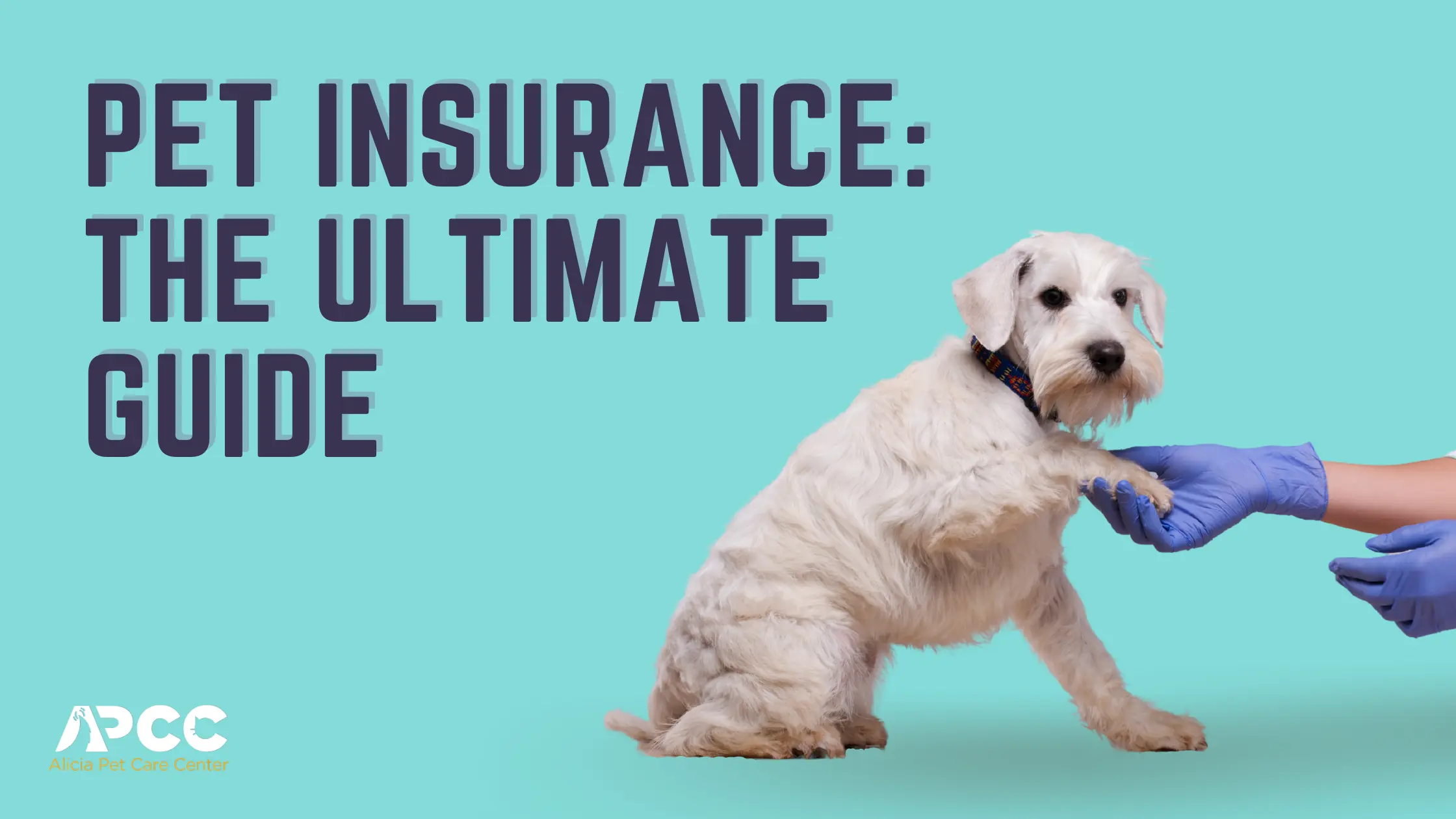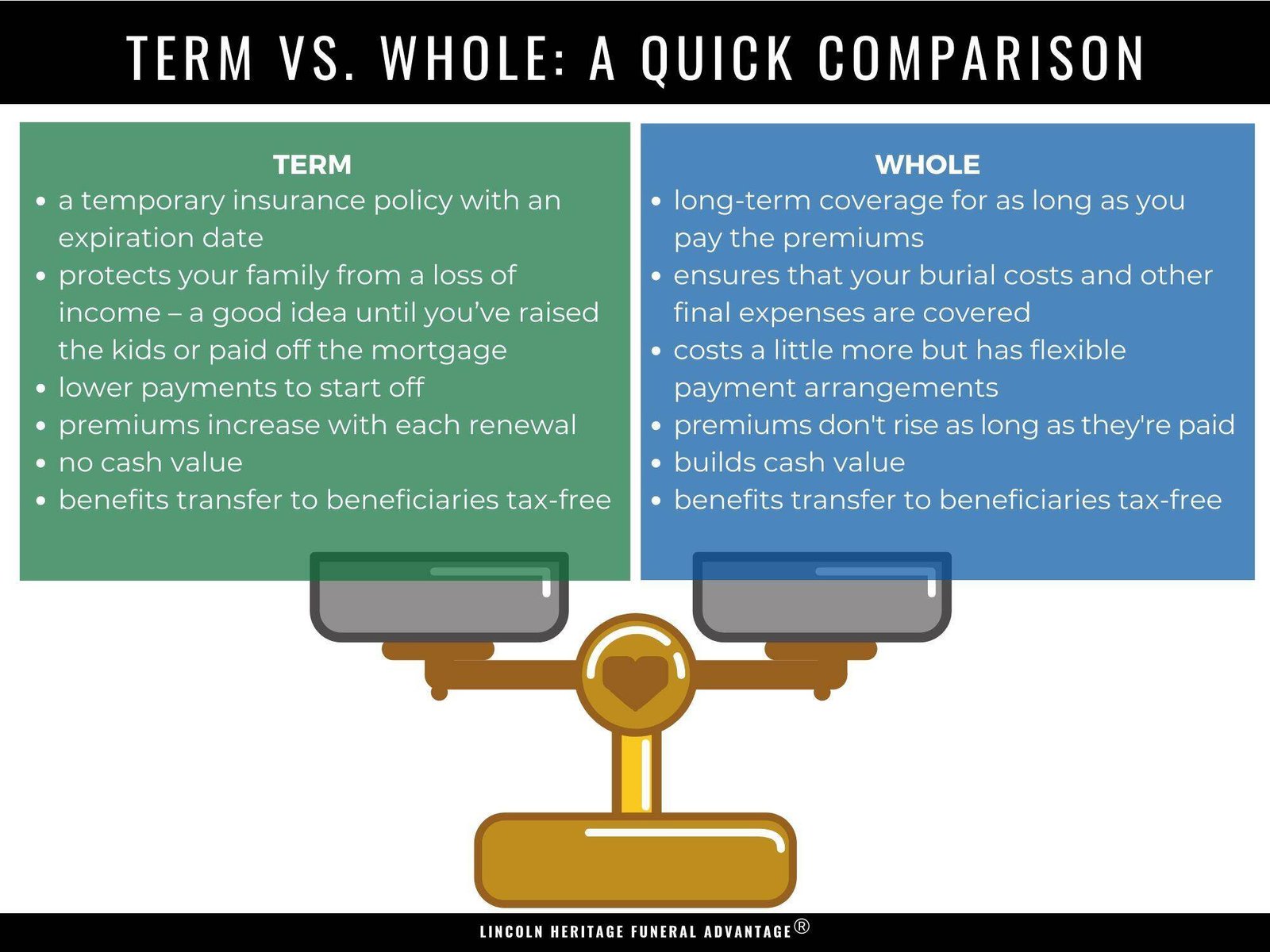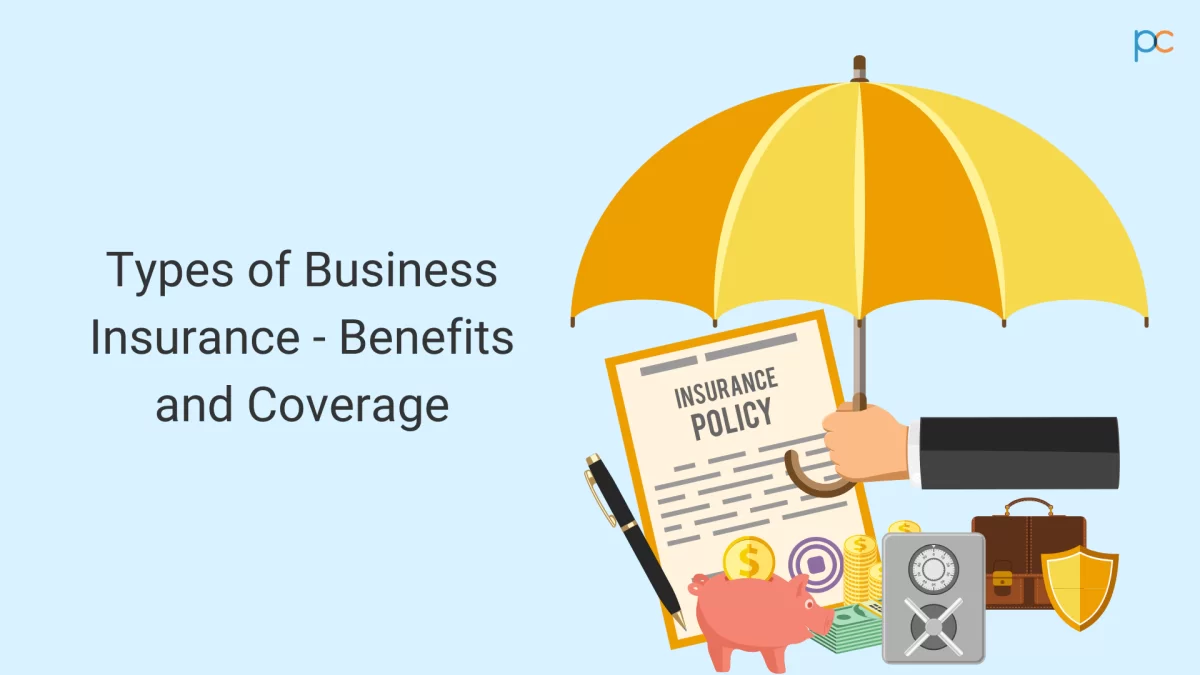A Guide to Pet Insurance in the US
Furry Family, Financial Security: A Guide to Pet Insurance in the US
Our pets are more than companions; they’re cherished members of the family. Just like any family member, they deserve the best possible care, especially when unexpected illness or injury strikes. Veterinary bills can climb quickly, leaving pet owners facing difficult choices. Here’s where pet insurance steps in, offering a safety net for your furry friend’s health and your financial well-being.
This comprehensive guide dives into the world of pet insurance in the US. We’ll explore the different coverage options available, delve into cost considerations, and equip you with the knowledge to choose the right plan for your beloved pet.
Why Consider Pet Insurance?
Think of pet insurance as a financial safety net for your pet’s health. Imagine your dog needing surgery for a broken leg or your cat battling a sudden illness. These situations can be emotionally stressful, and the associated veterinary bills can be a significant financial burden. Pet insurance helps alleviate that stress by reimbursing you for a portion of the covered veterinary expenses.
Here are some key benefits of pet insurance:
- Peace of mind: Knowing you have financial backing allows you to focus on your pet’s recovery without worrying about the cost of treatment.
- Access to better care: Pet insurance can empower you to authorize necessary treatments without financial constraints, ensuring your pet receives the best possible care.
- Unexpected emergencies: Accidents and illnesses can happen at any time. Pet insurance helps you prepare for the unforeseen.
- Long-term health: Some plans cover preventive care, promoting your pet’s overall well-being and potentially reducing the risk of future health issues.
Understanding Pet Insurance Coverage
Pet insurance plans come in a variety of coverage options, offering different levels of protection. Here’s a breakdown of the most common types:
- Accident-only plans: These plans cover the costs associated with accidents, such as broken bones, lacerations, or swallowed objects. They typically have lower premiums but don’t cover illnesses.
- Accident and illness plans: These comprehensive plans offer coverage for both accidents and illnesses, including diagnostic tests, hospitalization, surgery, and medications. They provide more peace of mind but come at a higher cost.
- Wellness plans: These plans focus on preventive care, covering costs associated with routine checkups, vaccinations, spaying/neutering, and parasite prevention. They can be a good option for young, healthy pets but may not be sufficient for unexpected health issues.
Factors Affecting Pet Insurance Costs
The cost of pet insurance varies depending on several factors:
- Species: Generally, dog insurance is more expensive than cat insurance.
- Breed: Certain breeds are predisposed to specific health conditions, which can influence the premium.
- Age: Younger pets typically have lower premiums, which increase as pets age and become more susceptible to health problems.
- Location: Veterinary costs can vary by region, impacting insurance rates.
- Deductible: A deductible is the amount you pay upfront before the insurance kicks in. Higher deductibles typically result in lower premiums.
- Coverage level: More comprehensive plans with higher coverage limits will have higher premiums.
- Copay: Some plans require a copay, a fixed amount you pay for each vet visit, in addition to the deductible and reimbursement percentage.
Choosing the Right Pet Insurance Plan
With various pet insurance options available, selecting the right plan for your furry friend can feel overwhelming. Here are some key considerations:
- Your pet’s age and health: Consider your pet’s breed, age, and existing health conditions. If your pet is young and healthy, an accident-only plan or a wellness plan with basic accident and illness coverage might suffice. For older pets or breeds prone to specific health issues, a comprehensive accident and illness plan is recommended.
- Your budget: Determine how much you’re comfortable spending on pet insurance premiums. Consider the trade-off between a lower premium with a higher deductible and a higher premium with a lower deductible.
- Coverage needs: Evaluate your risk tolerance and desired level of coverage. Do you want basic protection for accidents, or would you prefer comprehensive coverage for both accidents and illnesses, including preventive care?
- Policy exclusions: Read the policy details carefully to understand any exclusions or limitations, such as pre-existing conditions, breed-specific conditions, or certain treatments.
Tips for Finding the Best Pet Insurance
- Compare quotes: Get quotes from multiple pet insurance providers to compare prices and coverage details.
- Read reviews: Research online reviews and ratings of different pet insurance companies.
- Ask your veterinarian: Your veterinarian may have recommendations for reputable pet insurance providers.
Beyond the Basics: Additional Coverage Options
While accident-only, accident and illness, and wellness plans are the most common types of pet insurance, some providers offer additional coverage options to tailor your plan to your pet’s specific needs. These may include:
- Behavioral therapy: For pets with behavioral issues like anxiety, separation anxiety, or aggression, coverage for consultations and training with animal behaviorists can be invaluable.
- Alternative therapies: If you prefer alternative therapies such as acupuncture, massage, or chiropractic care for your pet, some plans offer reimbursement for these treatments.
- Probiotics and supplements: Certain plans cover the cost of probiotics and nutraceuticals that can support your pet’s overall health.
- Boarding and kennel fees: In case your pet needs to stay at a boarding facility due to hospitalization or other reasons, some plans reimburse these costs.
- Funeral and cremation coverage: While a difficult topic to consider, some pet insurance providers offer coverage for pet funeral or cremation expenses.
Making the Most of Your Pet Insurance
Once you’ve chosen a pet insurance plan, here are some tips to maximize its benefits:
- Understand your policy: Thoroughly read your policy documents to understand coverage details, exclusions, deductibles, copays, and reimbursement procedures.
- File claims promptly: Follow your insurance provider’s instructions for filing claims promptly after receiving veterinary care.
- Maintain thorough records: Keep detailed records of your pet’s medical history, including vet bills and receipts, to streamline the claims process.
- Communicate with your veterinarian: Inform your veterinarian that you have pet insurance and discuss covered procedures and treatments upfront.
- Review your coverage regularly: As your pet ages or their health needs change, review your pet insurance coverage to ensure it continues to meet their needs. Consider adjusting your plan or provider if necessary.
The Final Wag: Peace of Mind for You and Your Pet
Pet insurance can be an invaluable tool for responsible pet ownership. By understanding coverage options, cost factors, and the selection process, you can make an informed decision and ensure your furry friend receives the best possible care, regardless of unexpected health issues. With pet insurance as a safety net, you can focus on what truly matters – enjoying a long, happy life with your beloved pet.
Additional Resources:
Here are some resources to help you on your pet insurance journey:
- North American Pet Health Insurance Association (NAPHIA): https://naphia.org/ offers information and resources about pet insurance.
- Consumer Reports: https://www.consumerreports.org/money/pet-insurance/is-pet-insurance-worth-it-a8622180631/ provides pet insurance reviews and comparisons.
- The National Association of Insurance Commissioners (NAIC): https://content.naic.org/ offers consumer guides and information about insurance regulations.
Remember, choosing pet insurance is a personal decision. Consider your pet’s needs, your budget, and your risk tolerance to find the plan that best suits you and your furry companion. By taking the time to research and understand pet insurance, you can ensure your pet receives the best possible care while providing yourself with peace of mind.









